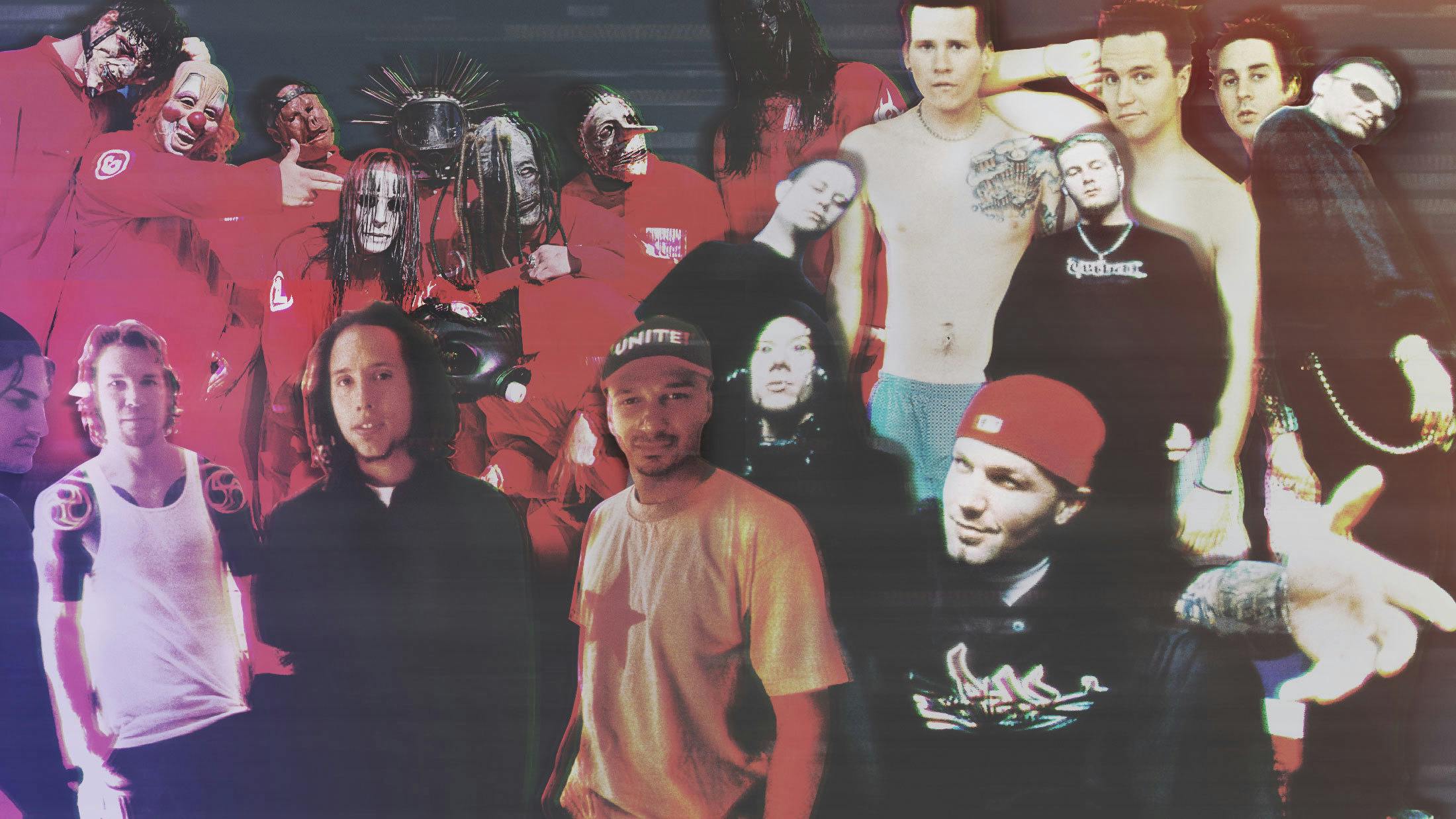For those of us who remember it, the eve of the turn of the 21st century seems about a heartbeat ago. In reality, it was a different, altogether more innocent time. These were the last years before the ubiquity of the mobile – never mind the smart – phone. Music was traded physically on fingerprint-smudged CDs – a commodity in which even casual fans still understood the real worth. Any kind of broadband internet was a tantalisingly rare resource. The terrible events of September 11, 2001 – and the rightward lurch of popular politics that terrible day would help precipitate – were still distant nightmares waiting to shift into focus. 1999 truly did feel like time to get the party started…
You can’t have a shindig without a soundtrack. A result of those – and so many other – variables, the final year of the 20th Century proved a fine vintage for rock music. Nu-metal was booming. The pop-punk floodgates were about to fall. The last men standing of ’90s alt.rock fought hard against the dying light, while a breed of ravenous upstarts laid everything on the line for their moment in the sun.
Music ties to memory for each individual differently, making retrospective ranking something of a thankless task. Still, we’ve never been fans to give up our seat on the nostalgia bus for a trip down memory lane. With that in mind, here’s our 100 per cent exhaustive, incontrovertibly, absolutely inarguable rundown of the best records of 1999.
We’ll see you in the comments…
